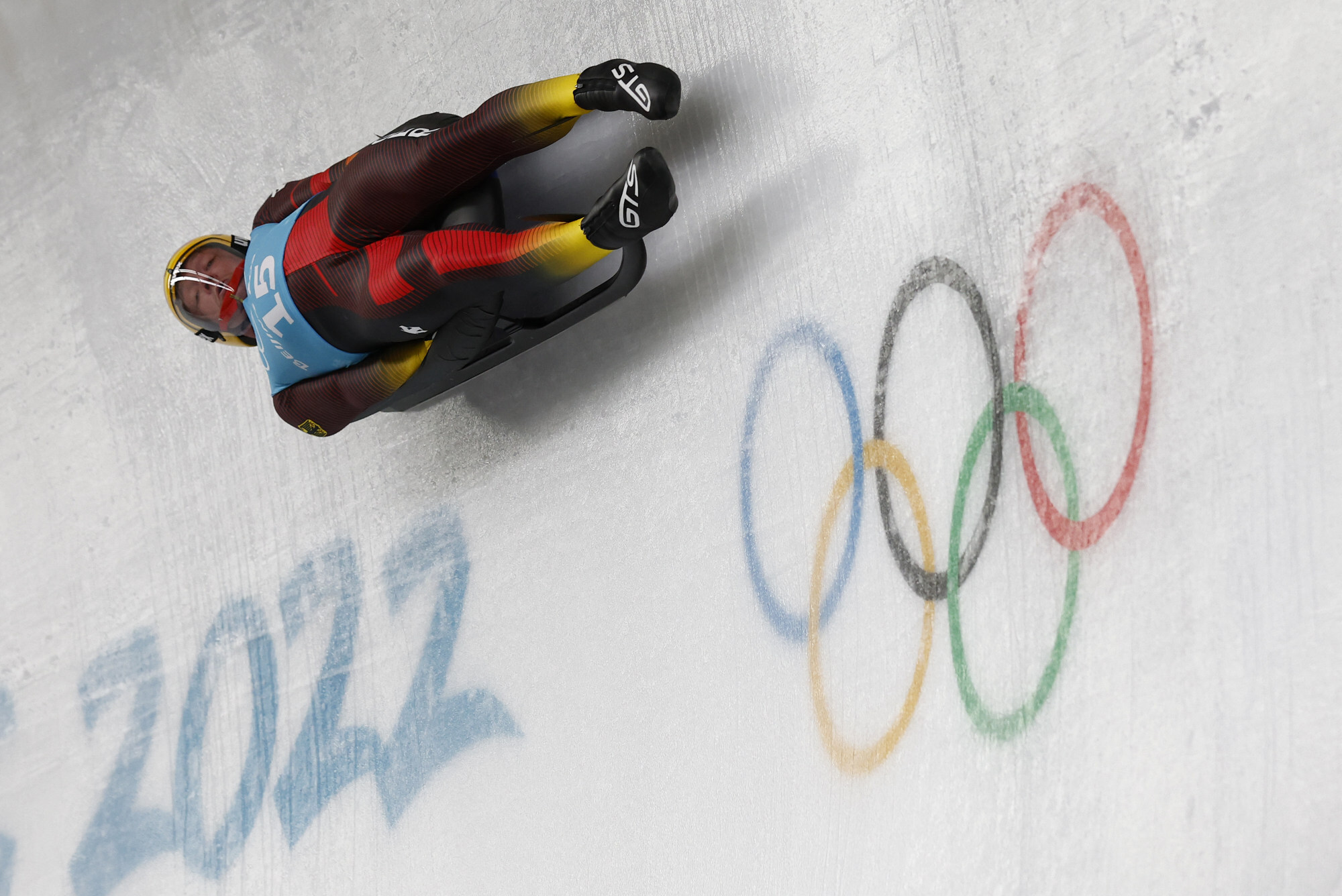
Explainer | Winter Olympics: what is luge? Everything you need to know, from Beijing 2022 contenders to its 15th century origins
- Extreme version of sledding is set for the global spotlight again at the Beijing Winter Olympics
- Germany will look to continue their dominance in both the men’s and women’s events
It’s the sport where you lie down on a modified sledge and hurtle yourself across an icy slide at speeds of up to 145km an hour.
But as it gets set to reclaim the spotlight at the Beijing 2022 Winter Olympics, the Post is here to tell you everything you need to know about this extreme version of sledding.
What is luge?
Luge is a winter sport where competitors use a sledge in a supine position (lying on their back) and steer their way down a track through subtle leg and shoulder movements. The name luge comes from the French word meaning “sledge”, and it is one of three sliding sports on the programme at the Beijing 2022 Winter Olympics, along with skeleton and bobsleigh.
It was first included in the Winter Games in 1964, and the competition consists of four events: men’s and women’s singles, mixed doubles, and the team relay.
Athletes can reach hair-raising speeds of 145km, and laps are measured to a thousandth of a second. The 1,615-metre long track in Beijing includes a 360-degree turn, a first of its kind.

Who invented it?
Luging is a traditional winter sport in Austria and Germany dating back to the 15th century. The first organised luge race took place in 1883 in Davos, Switzerland, with competitors racing down a 4km road between Davos and the village of Klosters.

Who is the best?
German lugers have dominated this sport with 29 Olympic medals won by East Germany, and 10 by West Germany, between 1968 and 1988, and 42 medals won by Germany since 1992.
The second best team in Games history is Austria with 22 Olympic medals, followed by Italy with 17 medals.
Germany have twice swept the podium in the women’s singles event, taking gold, silver and bronze at the 2002 and 2006 Winter Olympics. At the 2014 Sochi games, the German team took gold in every event.

Who to watch out for in Beijing
Germany’s Natalie Geisenbreger is the dominant force in the women’s singles, with four Olympic gold medals and one bronze, making her the most decorated female Games luger in history.
If she takes two more medals in Beijing she will become the most decorated luger, male or female, by beating current record holder Armin Zoggeler from Italy, who holds six medals, two of which are gold.
Germany’s Felix Loch will be another one to look out for in Beijing. Loch is a triple Olympic gold medallist, and a six-time world champion in men’s singles.

His biggest competitor will be David Gleirscher from Austria, who took gold for the first time at the 2018 Pyeongchang Olympics, and finished third in the men’s singles and men’s sprint at the 2021 World Championships.
The team relay, which is relatively new to the Olympic programme having only made its debut at the 2014 Sochi Games, will see fierce competition between Germany and Austria, while the doubles event has been dominated by German pair Tobias Wendl and Tobias Arlt, who took gold at Sochi 2014 and Pyeongchang 2018.

